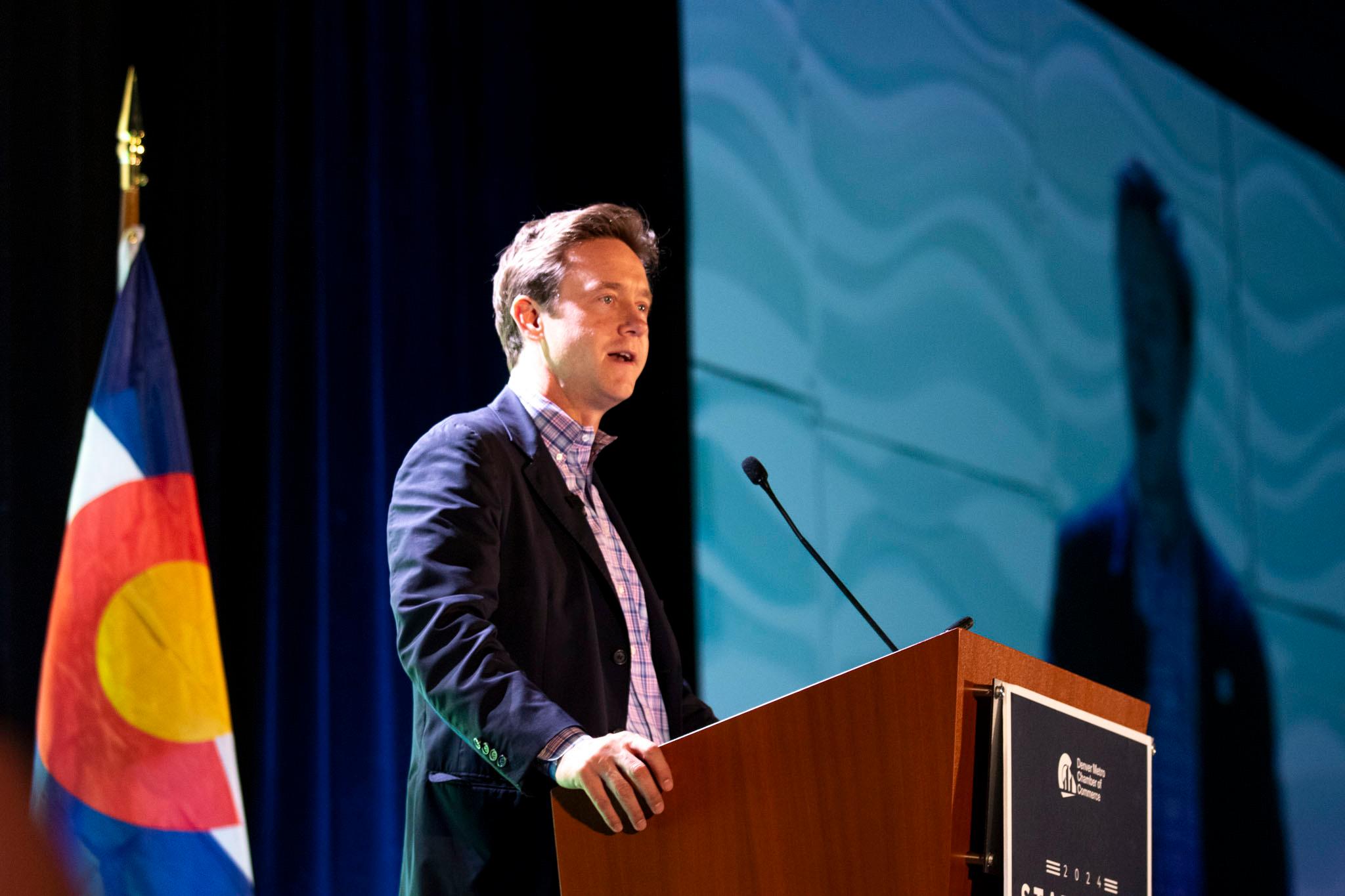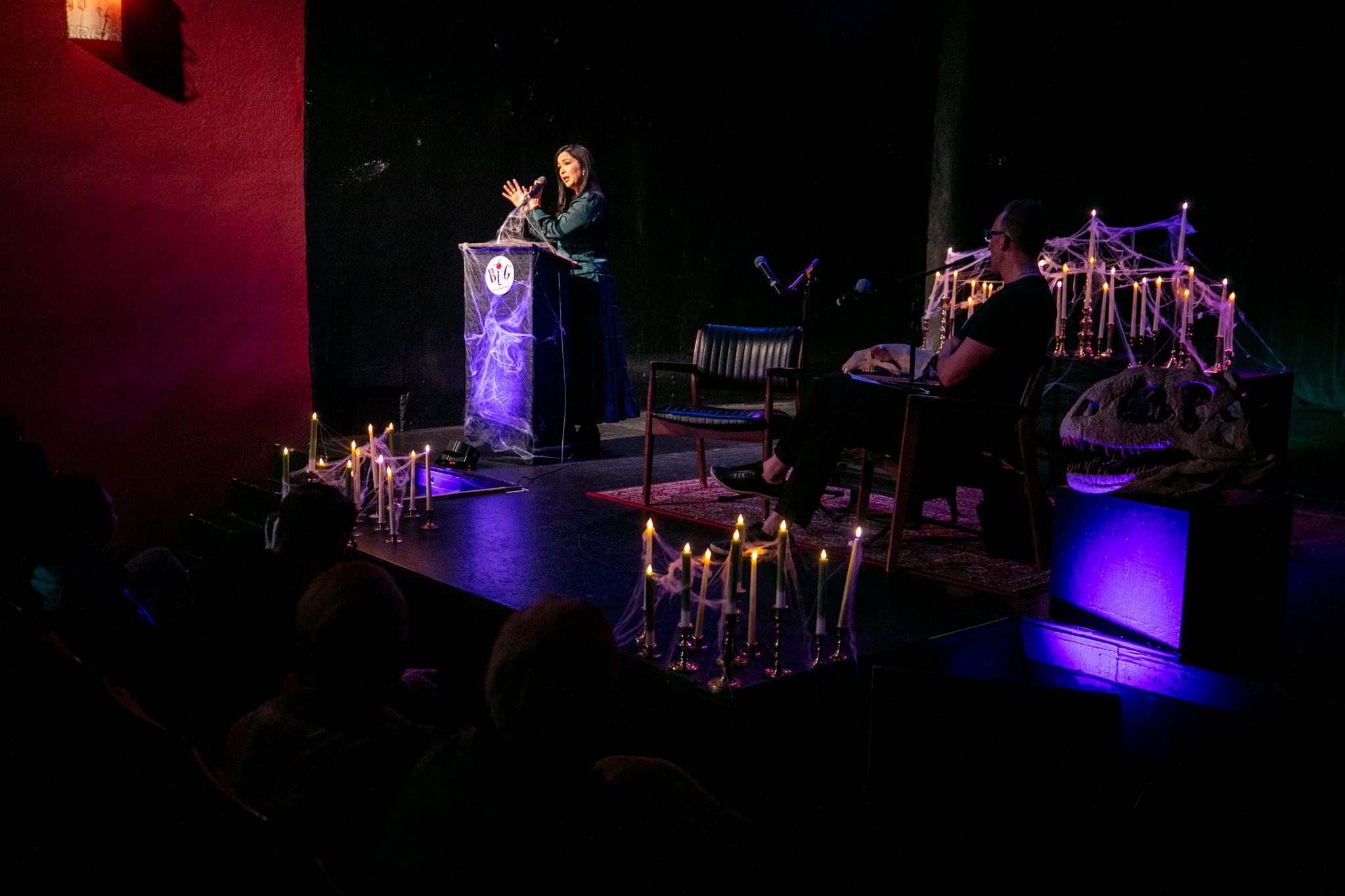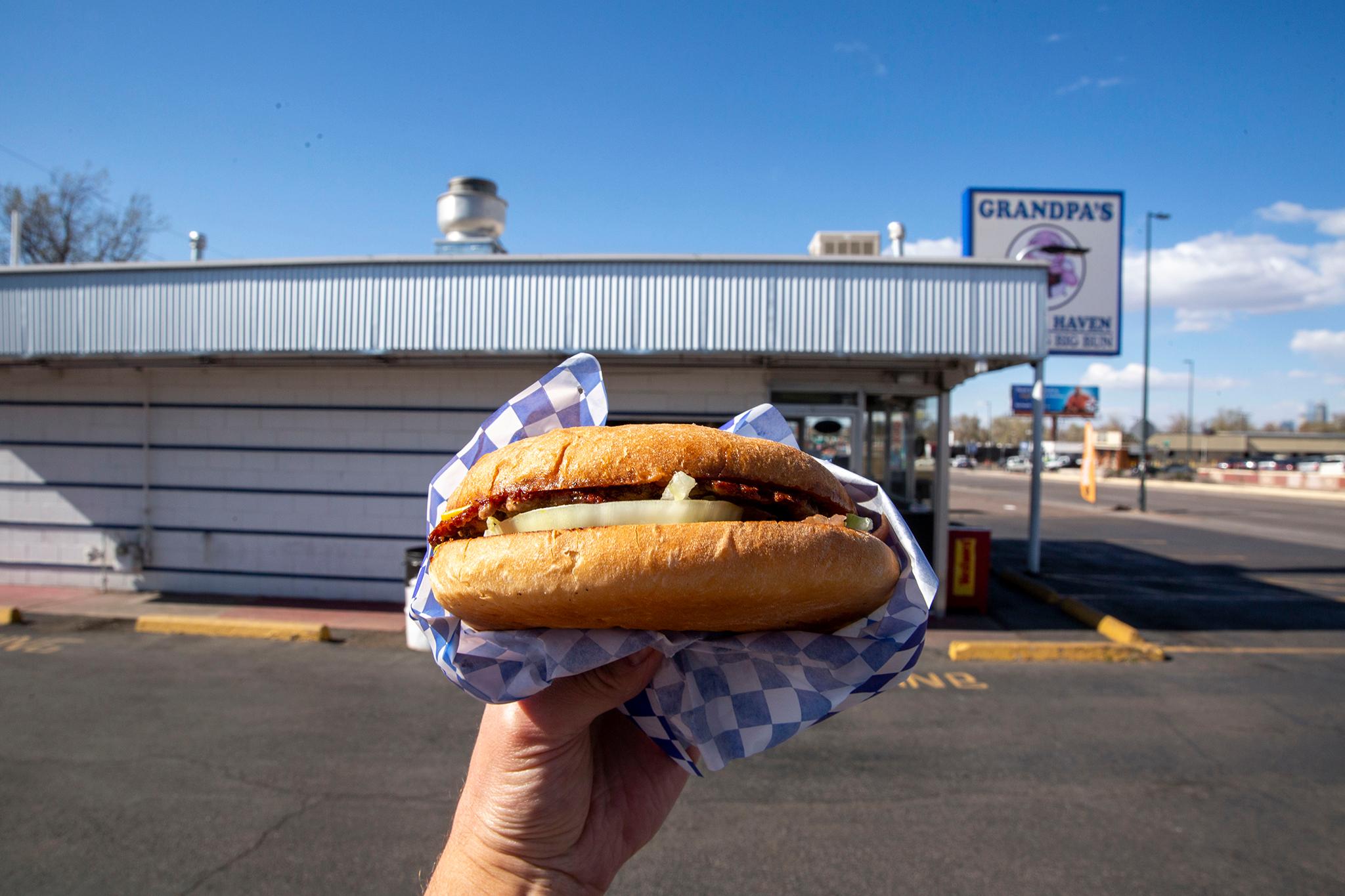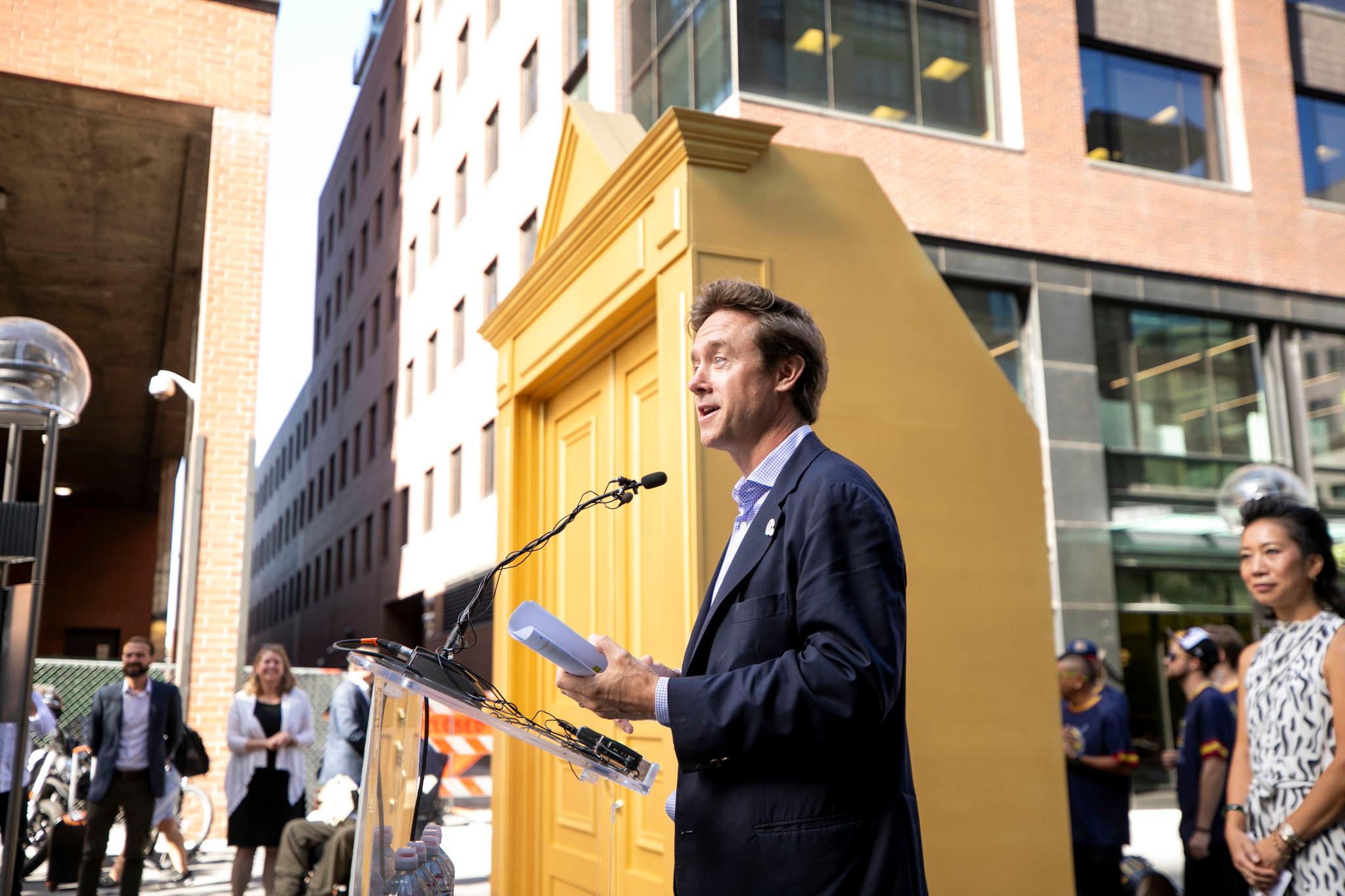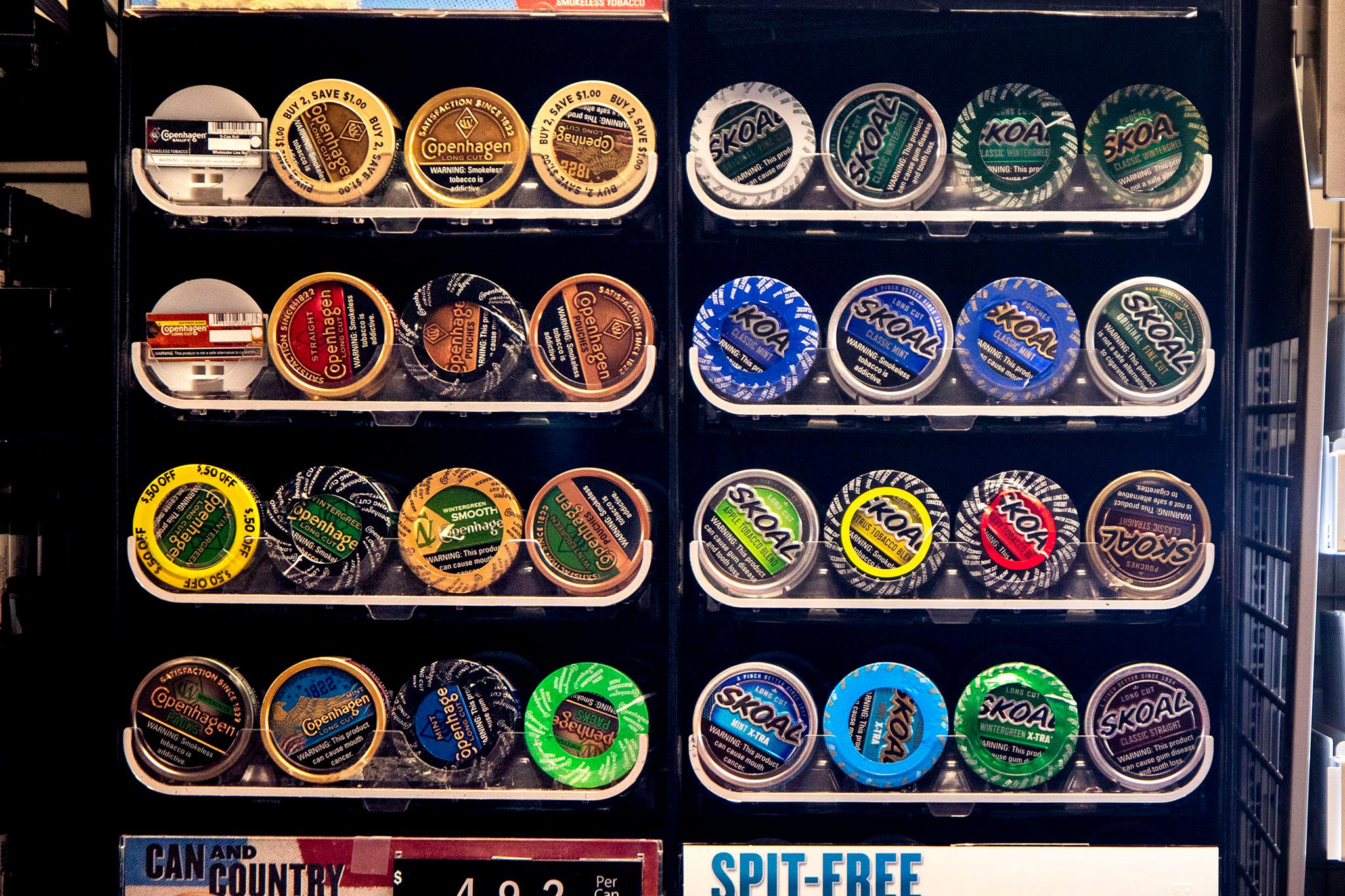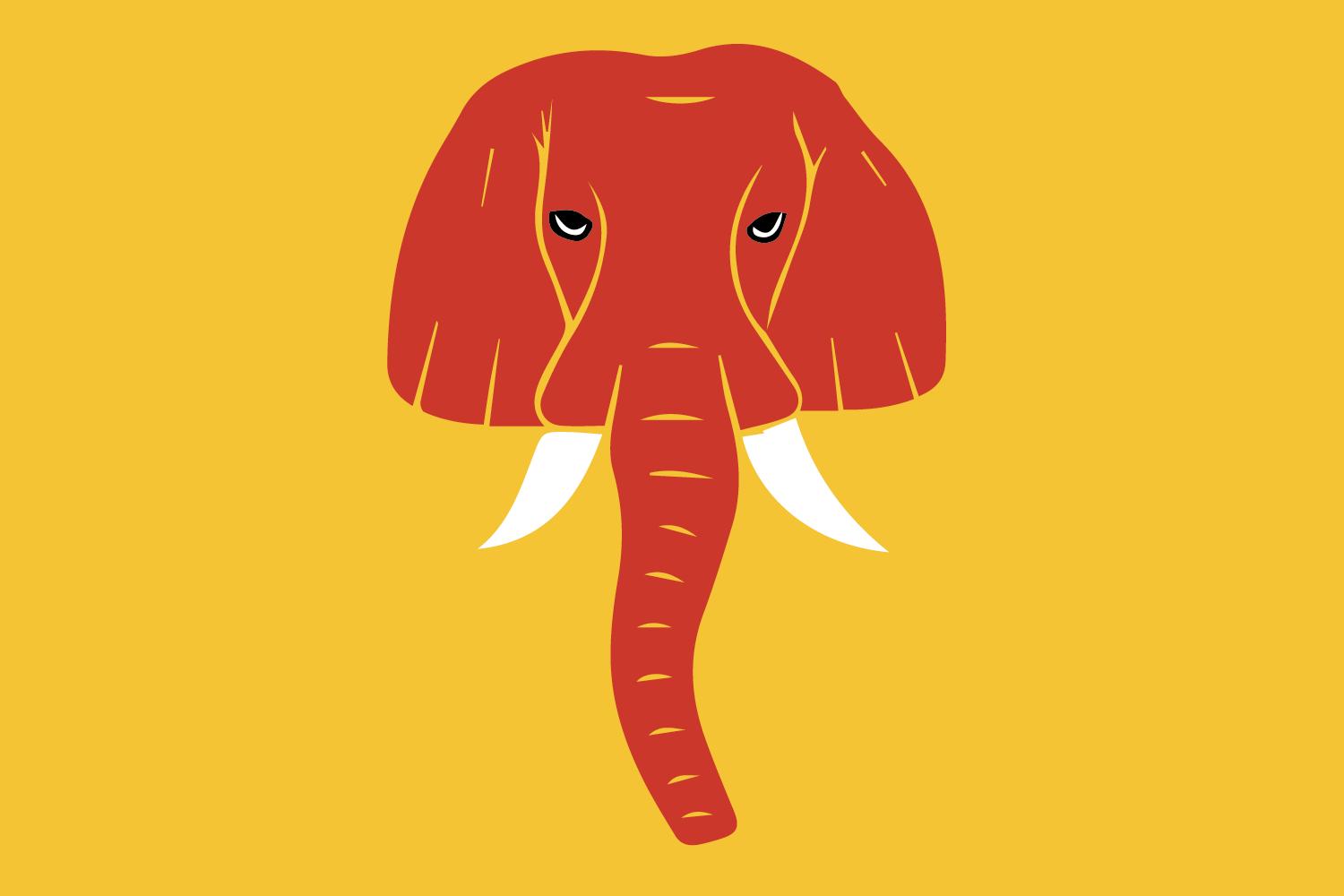
If you really want to know how long someone's lived in Denver, you can ask them to name the city's official neighborhoods.
A newcomer might list LoDo, RiNo and Ballpark -- and they'd be wrong. Those fast-developing areas for the most part made their names relatively recently. They're not official.
So, as the city's development patterns blur and replace old borders, here's one guy's attempt to preserve hyper-local history: Steven Chester is drawing flags for each of Denver's neighborhoods.
"I didn’t know it when I moved here, but the difference between neighborhoods is crazy -- from the architecture and the history, just the feel of them," said Chester, who launched the project this month.
A longtime resident might be able to tell you that Curtis Park has perhaps the oldest surviving residences in the city, or that Globeville once was a factory town connected to Denver by early transit. There are 78 statistical neighborhoods in all, and Chester has published 11 flag concepts as of this posting.
The Barnum flag, pictured above, features a single red elephant in reference to P.T. Barnum, the circus showman who founded the neighborhood in the late 1800s.
Chester knows the flag's complex shapes violate the rules of vexillology (the study of flags), but he figures there was room for an exception. "It's not just bars and shapes and triangles," he said. "It’s something a little more intricate."
Virginia Village:

I particularly like this concept, which represents the mid-modern roots of Virginia Village in southeastern Denver. The neighborhood was largely developed in the 1950s and includes Krisana Village, recognized as one of the region's best examples of that era's architecture.
The geometry on the left represents a pattern that often appears in the area's cinderblock walls and interiors, which Chester picked up on as he did some bike-riding research. The colors are, one assumes, based on the charmingly ugly carpets of the era.
"I’d never actually been down there," Chester said. "I'm not just reading Wikipedia. If I don’t know something about a neighborhood, I’m making a point to go and check it out."
(That's a method I can personally endorse. Some of our best super-local features come from simply trawling around.)
Five Points:
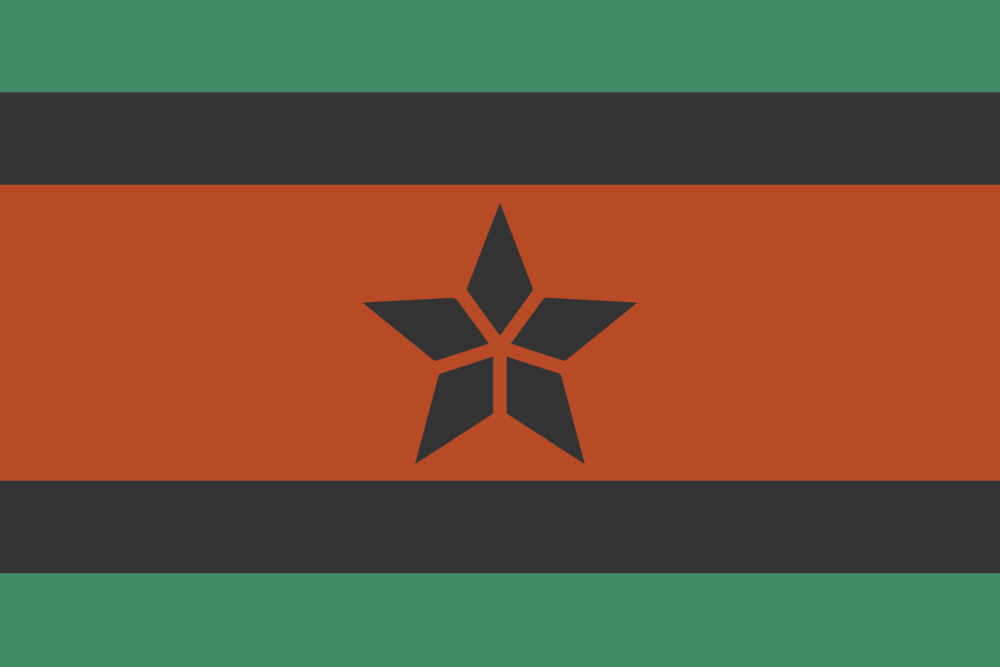
Chester's Five Points concept plays off the feature that defines the area: five intersecting roads, which in the flag create a five-point star too. It also incorporates the colors of the Harlem flag, a nod to Five Points' jazz scene and its nickname as the "Harlem of the West."
This one hews much closer to the traditional rules of flag design.
"All the colors and shapes mean something," the designer said, describing those rules. "Limited to three or four basic colors. No words or seals. And keep it simple -- the idea is that you should be able to draw a flag from memory, or a child should be able to draw."
Now, here it's worth noting that Chester's full-time job is a senior city planner for Denver, which includes neighborhood-level planning, but the project has no affiliation with the city. These are by no means going to be "official" flags for neighborhoods -- just one guy's ideas.
"If I publish a flag and people don’t agree with it, at least they’re talking about their neighborhoods," he said. "Maybe it’s something that can bring neighborhoods together."
Berkeley:
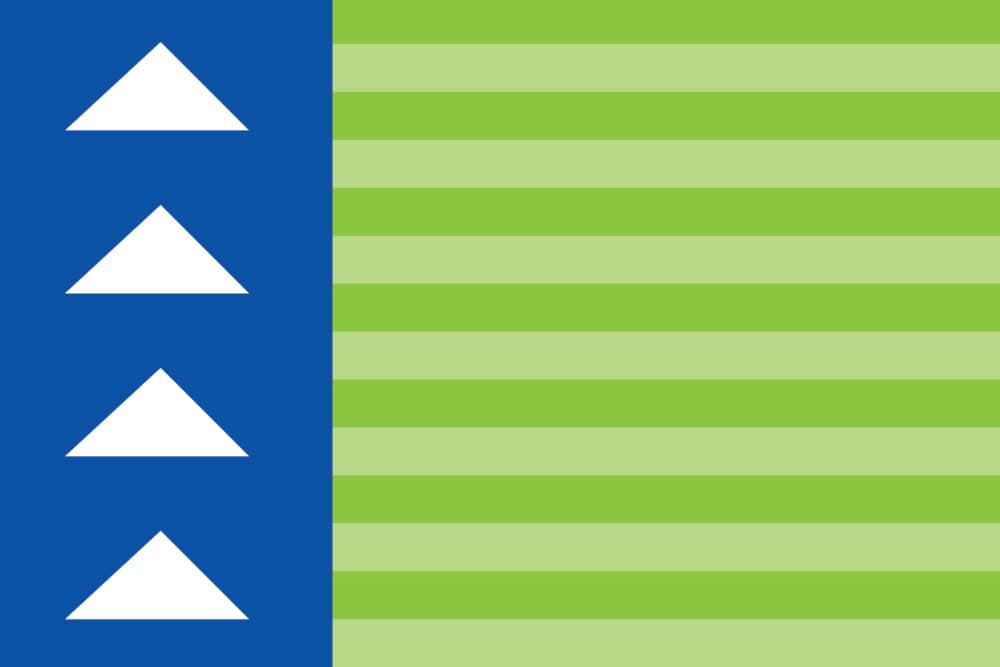
Chester's Berkeley flag plays off the architecture and agricultural history of this northwestern neighborhood. Prior to development, it was "mostly alfalfa and celery farms," Chester writes. Hence, the shades of green.
At left, the white triangles refer to the peaked gables found on early homes of the area, while the blue refers to the lakes and irrigation ponds that dot the city's once-rural edge.
What's next?
Seven more neighborhoods' concepts -- Belcaro, Cheesman Park, Congress Park, Lowry Field, Sun Valley, University and Westwood -- are currently available at Chester's website, FlagsofDenver.com.
The designer doesn't have any plans yet to make actual flags from the designs, but he'll certainly consider it, he said. He's limiting the project to the 78 official neighborhoods, which means no Golden Triangle, RiNo, LoDo or other "unofficial" neighborhoods.
And one of his personal favorite flags, by the way, is Colorado's state flag: Simple, easy to recognize and meaningful.
"People don’t even realize it, but everyone is passionate about flags," he said. "We pledge allegiance to a flag. Everyone has their own ideas, their own favorite flag."
If you want to get another illustrated take on Denver's neighborhoods, check out our colorful bird's eye tour of the city in 1908. For more stuff like this, try our newsletter.



